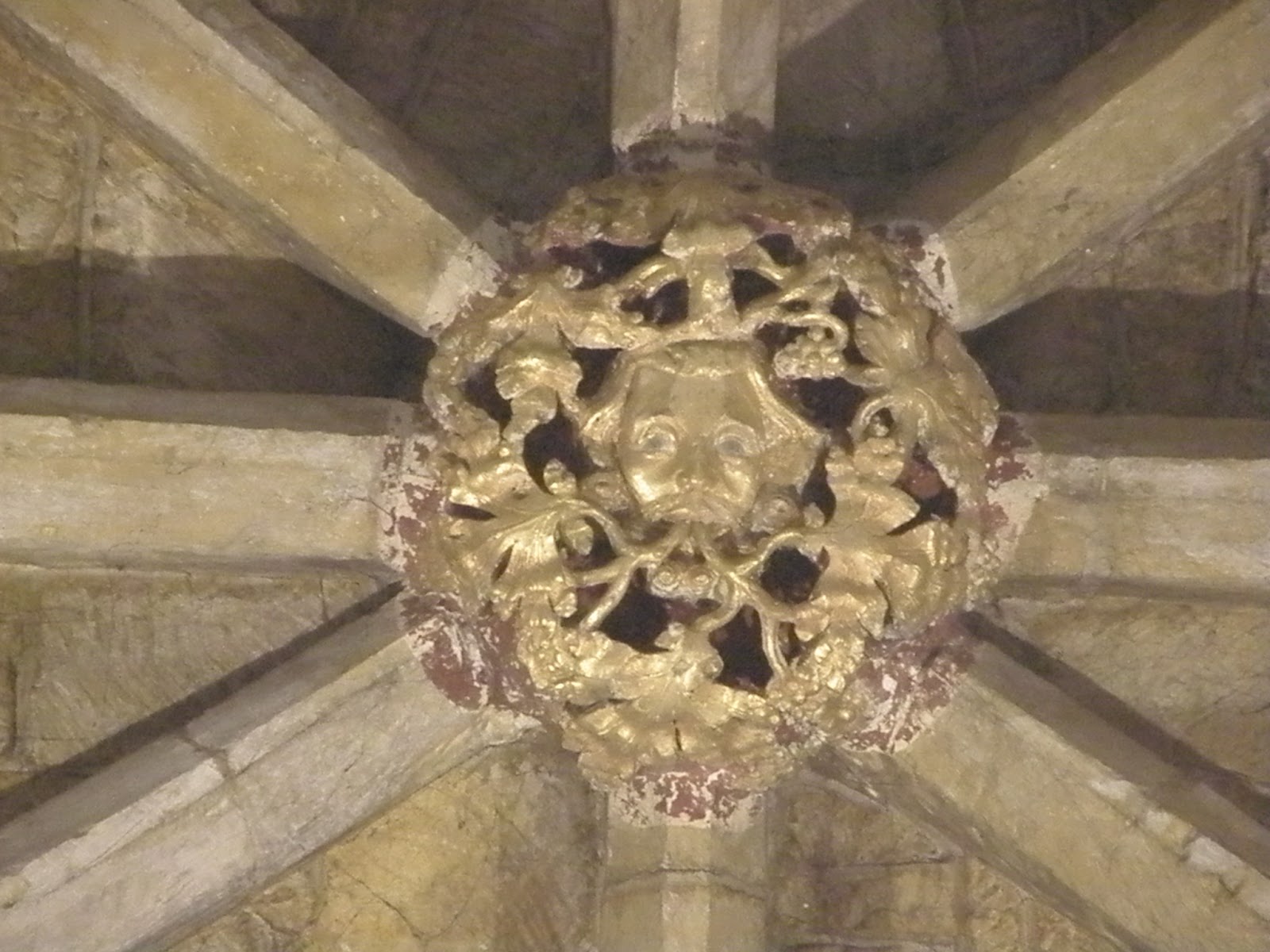'Hiding in God' is a collection of reflections and prayers on physical and mental health concerns, published by Kevin Mayhew, drawing on my personal experiences. It ranges from the effects of medication to general anaesthetic, from the interminable waiting for results, to the experience of anger, fear and weariness ... and it's dedicated to all who work for the NHS, in gratitude for my own experiences of care. I wrote it while recovering from a hysterectomy a few years ago and it's written in a spirit of friendly companionship, towards anyone going through or coming to terms with a hard time health-wise. I have been very grateful and touched to receive warm feedback from a number of people for whom it has been given as a gift, during a challenging time.
 |
| photographer unknown but appreciated |
The other image is of a cave, as God is often referred to as our refuge, and in some instances as a rock - even the rock who gives us birth (Deuteronomy 32:18). For this too, there is a guided visualisation, leading the reader to a safe cave of refuge for some rest and time-out. Both the bird and the cave can be seen as feminine expressions of the Divine.
I wanted to be able to reach out to people from diverse backgrounds and experiences, including the many women whose emotional (and sometimes physical) health issues are related to difficulties with male authority figures, and partly for this reason I have avoided the use of 'He / Him' for God, throughout.
 |
| Chalice Well springs, Glastonbury |
Other themes for visualisations include spirings of living water, trees of healing, a lantern in the dark and the presence of angels.
The thought behind each, is to offer images and impressions which invite a degree of relaxation, even peace, or the memory or hope of something, somewhere or someone comforting.
The first part of the book offers short reflections with reference to Scripture and prayers. The first prayer in each section expresses the 'trouble', the discomfort, the anxiety, the concern. The second prayer is a 'healing prayer,' of reconciliation, hope, peace and gentleness. For example, the first prayer under 'Facing a Fear' begins, 'I have always dreaded the thought of this, O God, and now it seems inescapable ...' Following a reflection on the words of Jesus in the Garden of Gethsemane, the second prayer begins, 'My Shepherd, how well you know me. If I am to face my fears then give me courage. If I am to walk a path through that valley of shadows then let me sense your presence with me ...'
What the book is not, is a 'pray for a miracle and keep hoping!' book, or a book that suggests health issues are due to a lack of faith. I don't doubt miracles do happen, and I don't doubt that many feel their deepest prayers have been answered, which is a wonderful thing. But then, the rest of us who just have to cope with sickness, anxiety, weariness and the rest, patiently and quietly as we and our loved ones try to keep going day be day, need to know we too are cherished by God, and held safe, come what may. It's a book of God's presence no matter what, a book of God's love for us even in our fragility and brokenness. It's a book of companionship for lonely, confusing, frightening times, written with much love, having been there myself.
 |
| one bird comforting another, while waiting to be re-housed - they are now in a better environment. |
















